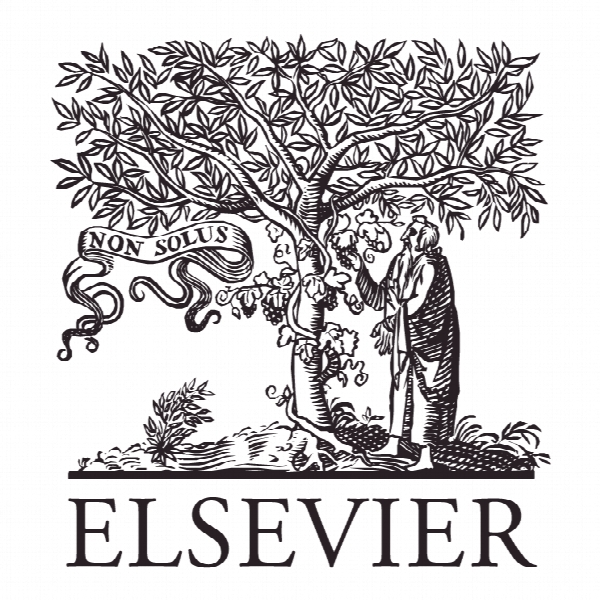مقایسه بازاریابی رسانه های اجتماعی بین B2B، B2C و مدل های تجاری مخلوط A comparison of social media marketing between B2B, B2C and mixed business models
- نوع فایل : کتاب
- زبان : انگلیسی
- ناشر : Elsevier
- چاپ و سال / کشور: 2018
توضیحات
رشته های مرتبط مدیریت
گرایش های مرتبط بازاریابی
مجله مدیریت بازاریابی صنعتی – Industrial Marketing Management
دانشگاه Jaguar Building – Coventry University – United Kingdom
منتشر شده در نشریه الزویر
کلمات کلیدی رسانه های اجتماعی، مدیریت کانال، بازاریابی B2B، بازاریابی B2B2C، اثربخشی کانال
گرایش های مرتبط بازاریابی
مجله مدیریت بازاریابی صنعتی – Industrial Marketing Management
دانشگاه Jaguar Building – Coventry University – United Kingdom
منتشر شده در نشریه الزویر
کلمات کلیدی رسانه های اجتماعی، مدیریت کانال، بازاریابی B2B، بازاریابی B2B2C، اثربخشی کانال
Description
1. Introduction Towards the end of 2013, Volvo Trucks produced the ‘Live Test’ series of videos which drew heavily on conventional wisdom on Social Media Marketing (SMM) effectiveness by including surprise humour, and a degree of jeopardy (see Dobele, Lindgreen, Beverland, Vanhamme, & van Wijk, 2007). Despite being targeted at a niche audience of fleet buyers, the videos have been viewed over 120 m times on YouTube to date. While there can be little doubt that this campaign was a huge success in building brand awareness (Griner, 2014), it is unclear whether the Volvo campaign is an exception in its use of a business-to-consumer (B2C) SMM techniques in the business-to-business (B2B) domain, or one that can be generalised to reflect a broader level of B2B mimicry of B2C approaches. The use of social media platforms as marketing channels has expanded in recent years, driven by the ability to reach millions of customers with brand-related content and to engage them in conversations (Hanna, Rohm, & Crittenden, 2011; Schivinski & Dabrowski, 2016). The most influential papers on the subject are grounded in the B2C domain, and form the basis for the academic conception of how social media can be exploited to build brands and communicate with customers (Kaplan & Haenlein, 2010; Kietzmann, Hermkens, McCarthy, & Silvestre, 2011; Mangold & Faulds, 2009). Despite the emergence of studies that examine the use of SMM techniques by B2B organizations, our understanding of this important area is comparatively limited (Itani, Agnihotri, & Dingus, 2017; Salo, 2017; Siamagka, Christodoulides, Michaelidou, & Valvi, 2015). Extant literature largely assumes that the use of social media by B2B organizations is different, and therefore requires alternative theories (Salo, 2017). However, to date, only Moore, Hopkins, and Raymond (2013), Swani, Brown, and Milne (2014) and Swani, Milne, Brown, Assaf, and Donthu (2017) have empirically explored these differences; the first only in selling activities and the later two in terms of the content of social media posts (on Twitter and Facebook respectively). To date no paper explores differences in SMM usage across mixed business models, such as organizations selling to both business customers and consumers separately, or business-to-business-to-consumer (B2B2C) business models, where the direct customer is an organization, but marketing activities are targeted at the end consumer and intermediary simultaneously. This paper therefore takes a broader perspective than existing studies by comparing SMM usage and perceived effectiveness across a broader range of business models. In terms of pure B2B/B2C comparisons, Moore et al.


